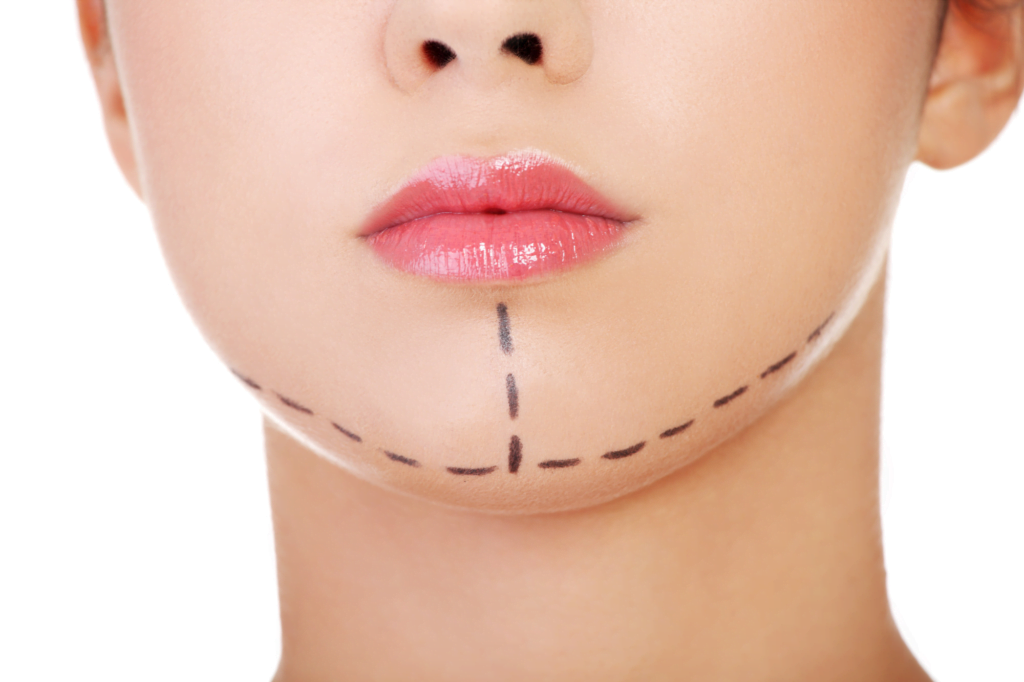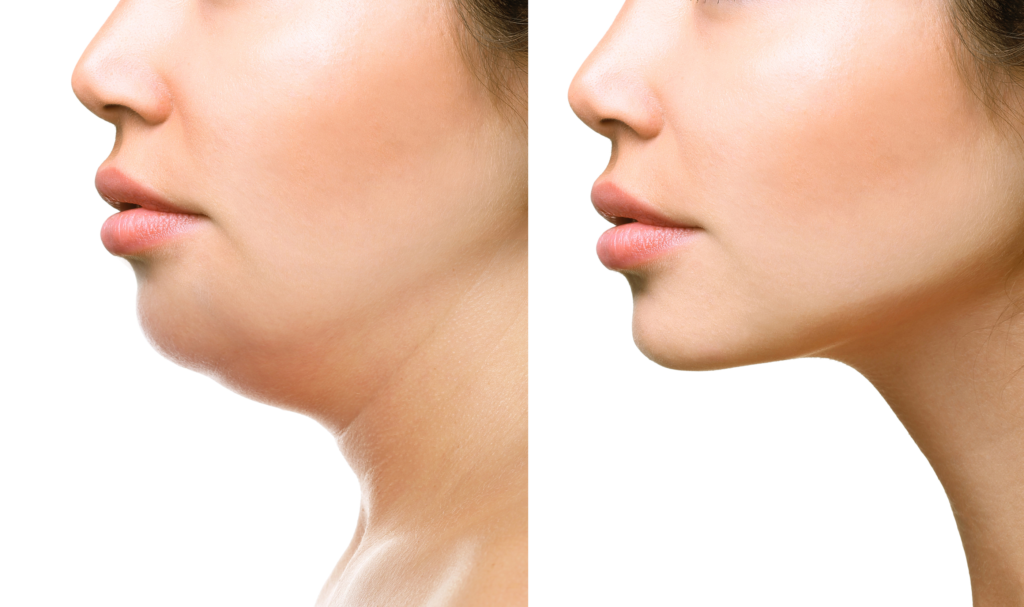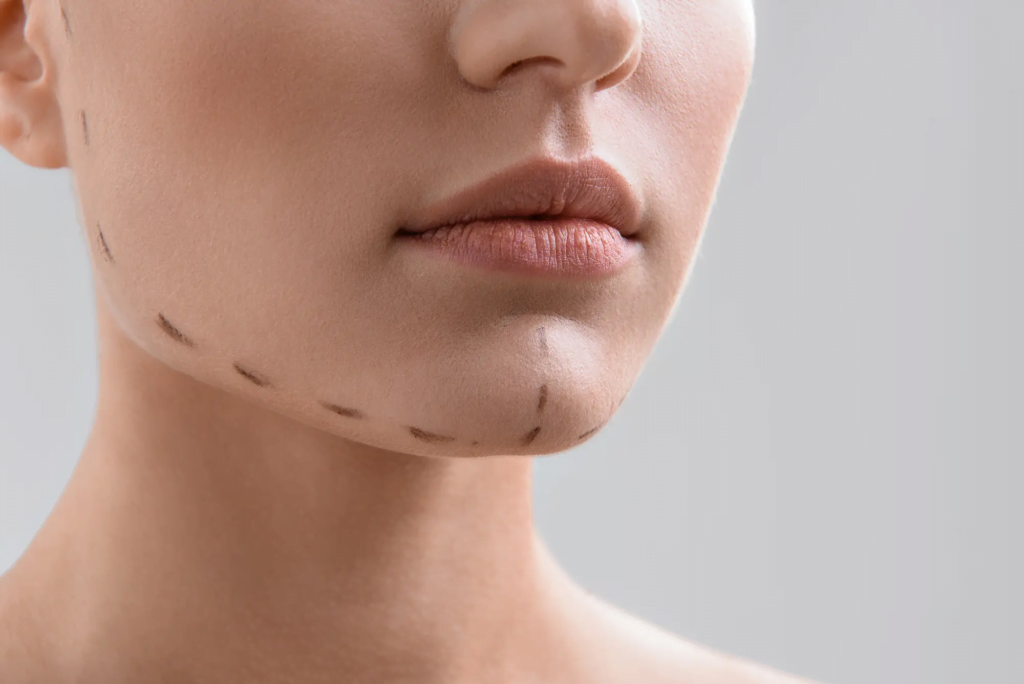Can Jaw Surgery Change Your Face? Have you ever wondered how jaw surgery can change your face? Jaw surgery, also known as orthognathic surgery or corrective jaw surgery, is a type of facial bone surgery that aims to correct the alignment and function of the jaws and teeth. Jaw surgery can improve your bite, speech, breathing, chewing, and appearance. It can also enhance your self-confidence and quality of life.
But jaw surgery is not only for functional purposes. It can also be used for cosmetic reasons, such as to achieve a more feminine or masculine look. This is especially important for transgender and non-binary people who want to align their physical appearance with their gender identity. For them, jaw surgery can be part of a broader process of gender-affirming surgery (GAS) or gender confirmation surgery (GCS).
In this article, we will explore how jaw surgery can change your face and what are the benefits and risks of undergoing this procedure. We will also introduce you to a specific type of jaw surgery that is designed to create a more feminine facial shape: facial feminization surgery (FFS).
Table of Contents
What is Facial Feminization Surgery?
Facial feminization surgery is a type of esthetic facial surgery that aims to modify the facial features of transgender women and non-binary people who want to have a more feminine appearance. FFS can include various procedures, such as forehead reduction, brow lift, rhinoplasty, cheek augmentation, lip lift, chin reduction, and jaw contouring.
Jaw contouring is one of the most common and impactful procedures in FFS. It involves reshaping the lower jaw to create a more slender and delicate profile. Jaw contouring can reduce the width, height, and projection of the jaw, as well as the size and shape of the chin. Jaw contouring can also smooth out the jawline and the angle of the jaw, making it less prominent and angular.
Jaw contouring can be performed in different ways, depending on the individual’s anatomy and goals. Some of the techniques used in jaw contouring are:
- Mandibular advancement: This technique moves the lower jaw forward to correct a receding chin and create a more balanced facial proportion. Mandibular advancement can also improve the bite and the airway. Mandibular advancement is also known as mandible advancement or genioplasty (chin surgery).
- Le Fort osteotomy: This technique moves the upper jaw forward or backward to correct a protruding or receding upper jaw. Le Fort osteotomy can also change the shape and position of the nose and the upper lip. Le Fort osteotomy is also known as facial advancement or maxillary osteotomy.
- Bimaxillary surgery: This technique combines mandibular advancement and Le Fort osteotomy to correct both the upper and lower jaws. Bimaxillary surgery can create a more harmonious facial structure and improve the function of the jaws and teeth. Bimaxillary surgery is also known as upper and lower jaw surgery or double jaw surgery.
- Jaw shaving: This technique removes excess bone from the sides and the back of the lower jaw to reduce its width and angle. Jaw shaving can create a more tapered and feminine jawline. Jaw shaving is also known as jaw reduction or jaw slimming.
- Chin shaving: This technique removes excess bone from the front and the bottom of the chin to reduce its size and projection. Chin shaving can create a more rounded and feminine chin shape. Chin shaving is also known as chin reduction or chin contouring.

Why Do People Choose Jaw Surgery?
Jaw surgery can have various benefits for people who want to change their facial appearance or improve their jaw function. Some of the reasons why people choose jaw surgery are:
- To correct a misaligned bite or a malocclusion. A misaligned bite can cause problems such as difficulty chewing, speaking, breathing, swallowing, and sleeping. It can also lead to dental issues, such as tooth decay, gum disease, and tooth loss. Jaw surgery can align the jaws and the teeth, improving the function and the health of the mouth.
- To treat a jaw deformity or a facial asymmetry. A jaw deformity or a facial asymmetry can be caused by genetics, trauma, disease, or aging. It can affect the appearance and the self-esteem of the person, as well as the function of the jaws and the teeth. Jaw surgery can correct the shape and the position of the jaws, creating a more symmetrical and aesthetic facial profile.
- To enhance the facial harmony and the attractiveness. The shape and the size of the jaws and the chin can have a significant impact on the overall facial appearance. They can affect the balance and the proportion of the facial features, as well as the expression and the mood of the person. Jaw surgery can modify the jaws and the chin, creating a more pleasing and attractive facial contour.
- To achieve a more feminine or masculine facial shape. The shape and the size of the jaws and the chin can also influence the perception of the gender of the person. Generally, a wider, taller, and more prominent jaw and chin are associated with a more masculine look, while a narrower, shorter, and more delicate jaw and chin are associated with a more feminine look. Jaw surgery can alter the jaws and the chin, creating a more gender-congruent facial shape.
What are the Risks and Complications of Jaw Surgery?
Jaw surgery is a major surgical procedure that involves cutting and moving the bones of the face. As such, it carries some risks and complications that should be considered before deciding to undergo this operation. Some of the risks and complications of jaw surgery are:
- Infection: As with any surgery, there is a risk of infection at the surgical site or in the bloodstream. Infection can cause fever, pain, swelling, redness, and pus. Infection can be treated with antibiotics, but in some cases, it may require additional surgery or hospitalization.
- Bleeding: There is a risk of bleeding during or after the surgery. Bleeding can cause bruising, hematoma, or blood loss. Bleeding can be controlled with pressure, sutures, or blood transfusion, but in some cases, it may require additional surgery or hospitalization.
- Nerve damage: There is a risk of nerve damage during the surgery. Nerve damage can cause numbness, tingling, or weakness in the face, lips, tongue, or teeth. Nerve damage can be temporary or permanent, depending on the extent and the location of the injury.
- Relapse: There is a risk of relapse after the surgery. Relapse means that the bones of the face move back to their original position or shift to a new position. Relapse can affect the appearance and the function of the jaws and the teeth. Relapse can be prevented or corrected with braces, retainers, or additional surgery.
- Unsatisfactory results: There is a risk of unsatisfactory results after the surgery. Unsatisfactory results mean that the person is not happy with the outcome of the surgery, either because it does not meet their expectations or because it causes new problems. Unsatisfactory results can be improved or revised with additional surgery, but in some cases, they may be irreversible.
How to Prepare for Jaw Surgery?
Jaw surgery requires careful planning and preparation before the operation. Some of the steps to prepare for jaw surgery are:
- Consultation: The first step is to consult with a qualified surgeon who specializes in facial contouring surgery or craniofacial surgery. The surgeon will evaluate your medical history, your facial anatomy, your jaw function, and your goals. The surgeon will also explain the procedure, the risks, the benefits, and the alternatives. The surgeon will then design a customized treatment plan for you, which may include pre-surgical orthodontics, imaging tests, and computer simulations.
- Pre-surgical orthodontics: The second step is to undergo pre-surgical orthodontics, if needed. Pre-surgical orthodontics is the process of wearing braces or other devices to align the teeth and prepare the jaws for the surgery. Pre-surgical orthodontics can take several months or years, depending on the complexity of the case.
- Imaging tests: The third step is to undergo imaging tests, such as X-rays, CT scans, or MRI scans, to obtain detailed information about the structure and the position of the bones of the face. Imaging tests can help the surgeon plan the surgery more accurately and safely.
- Computer simulations: The fourth step is to undergo computer simulations, if available. Computer simulations are the process of using software to create a virtual model of the face and simulate the changes that will occur after the surgery. Computer simulations can help the person visualize the expected results and communicate their preferences to the surgeon.
- Pre-operative instructions: The fifth step is to follow the pre-operative instructions given by the surgeon. Pre-operative instructions may include stopping smoking, avoiding certain medications, fasting, and arranging for transportation and recovery. Pre-operative instructions can help the person prepare physically and mentally for the surgery and reduce the risk of complications.
Sure, I will continue writing the section on what to expect during and after jaw surgery. Here is the rest of the article:
What to Expect During and After Jaw Surgery?
Jaw surgery is usually performed under general anesthesia, which means that the person will be asleep and unaware of the procedure. The duration of the surgery can vary from one to several hours, depending on the type and the extent of the surgery.
During the surgery, the surgeon will make incisions inside the mouth or under the chin to access the bones of the face. The surgeon will then cut and move the bones according to the treatment plan, using plates, screws, wires, or other devices to secure them in place. The surgeon will also adjust the soft tissues, such as the skin, the muscles, and the fat, to create a smooth and natural appearance. The surgeon will then close the incisions with sutures or glue.
After the surgery, the person will be transferred to a recovery room, where they will be monitored for any signs of complications. The person may experience some pain, swelling, bruising, bleeding, or numbness in the face, which can be managed with medication and ice packs. The person may also have difficulty speaking, eating, or breathing, which can be improved with exercises and devices. The person may have to wear a splint, a bandage, or an elastic wrap around the face to protect and support the bones as they heal.
The person will usually stay in the hospital for one to three days, depending on the type and the extent of the surgery. The person will then be discharged with a set of post-operative instructions, which may include:
- Taking antibiotics and painkillers as prescribed by the surgeon
- Eating a soft or liquid diet for several weeks
- Avoiding strenuous activities, smoking, alcohol, and spicy foods for several weeks
- Keeping the mouth and the incisions clean and dry
- Applying ice packs or warm compresses to reduce swelling and discomfort
- Sleeping with the head elevated to reduce swelling and bleeding
- Visiting the surgeon for regular follow-up appointments and check-ups
The recovery time from jaw surgery can vary from person to person, depending on the type and the extent of the surgery, the individual’s health, and the compliance with the post-operative instructions. Generally, it can take six to twelve weeks for the bones to heal and fuse, and up to a year for the swelling to subside and the final results to be visible.

Conclusion: Can Jaw Surgery Change Your Face?
Jaw surgery can change your face in many ways, both functionally and aesthetically. It can improve your bite, speech, breathing, chewing, and appearance. It can also enhance your self-confidence and quality of life. For transgender and non-binary people, jaw surgery can be part of a process of gender-affirming surgery, which can help them align their physical appearance with their gender identity.
Jaw surgery is a major surgical procedure that involves cutting and moving the bones of the face. It requires careful planning and preparation before the operation, and a long and gradual recovery after the operation. It also carries some risks and complications that should be weighed against the benefits and expectations.
If you are interested in jaw surgery, you should consult with a qualified surgeon who specializes in facial contouring surgery or craniofacial surgery. The surgeon will evaluate your case and design a customized treatment plan for you. The surgeon will also explain the procedure, the risks, the benefits, and the alternatives. You should always ask questions and express your concerns to the surgeon, and make an informed and confident decision.
Jaw surgery can change your face, but it can also change your life. It can help you achieve a more feminine or masculine facial shape, and a more harmonious and attractive facial contour. It can also help you feel more comfortable and confident in your own skin. Jaw surgery can be a life-changing experience for many people, and it may be the right choice for you.
Visit the Dr.MFO Instagram profile for examples of successful Surgeries. Contact for free consultation.








